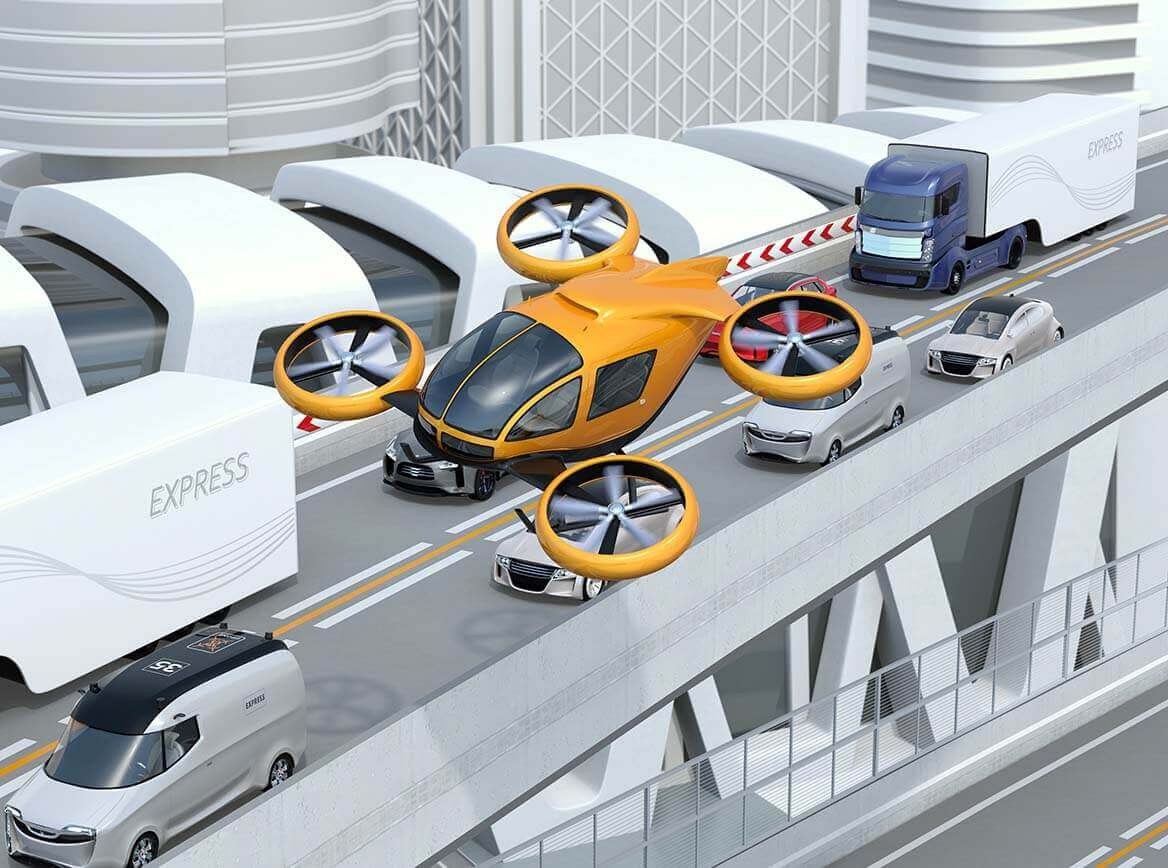Air taxis: The traffic solution of the future or just science fiction?

According to Wikipedia, disruptive technologies are innovations that "replace the success story of an existing technology, product or service, or completely displace it from the market". Air taxis could be one such innovation which brings dynamism into the taxi and mobility market. At least that's what they say. Others are more sceptical: Is there really anything behind all the hype around flying taxis?
For critics who dismiss air taxis lightly as science fiction, it is worth taking a look at Germany. The German Minister of Transport, Andreas Scheuer is known to be a big aviation fan, and has gone so far as to reveal that because his ministry is taking the topic so seriously it is already working on possible flight routes for the alternative taxis of the future
Numerous initiatives for working on air taxis All projects are still in the testing and development stage. What the concepts have in common is that they only use electricity for operation and their function is based on the "VTOL" concept: This means you can take off and land vertically ("Vertical Take-Off and Landing") and manoeuvre in the tightest of spaces. This is what makes them so interesting, especially where space is at a premium. In the city, for instance
Air taxi concepts – autonomous flying using electricity
Study: Significant time savings and only slightly higher costs Enormous leaps in the development of electrical, battery, sensor and computer technology mean that electric and autonomous flying will be possible in the foreseeable future, at least on short routes. Essentially, all the indications are that autonomously guided air taxis will become established sooner than autonomously guided cars. After all, air traffic is easier to control than road traffic, which is much more complex